Anterior talofibular ligament tear & sprain, causes, symptoms
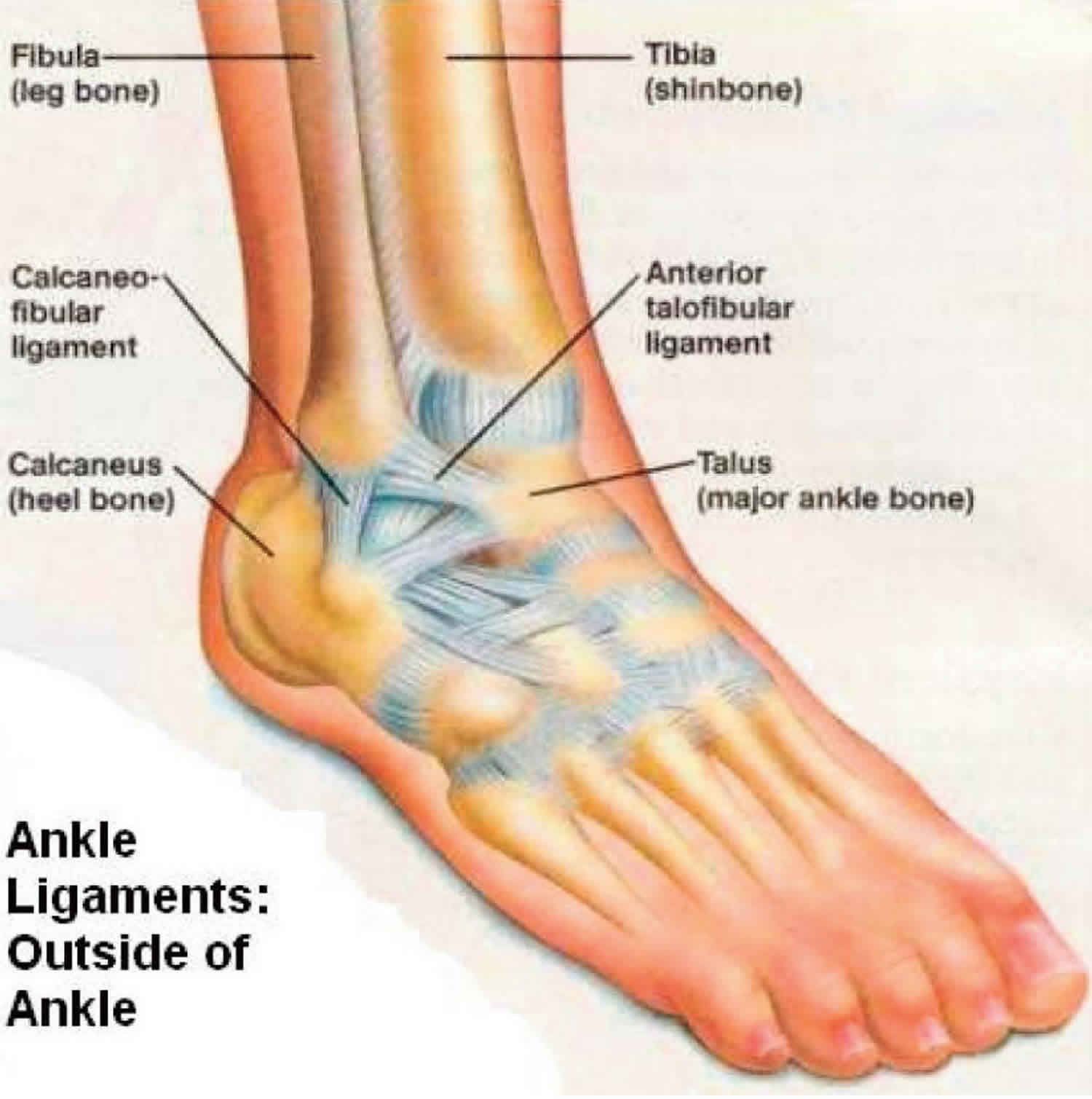
Anterior talofibular ligament tear & sprain, causes, symptoms
When ligaments are torn and associated with an ankle fracture, this damage can render the ankle unstable. The deltoid ligament is found on the inner part of the ankle and provides the majority of the stability of the ankle. If the deltoid ligament is torn in association with a fracture, the ankle is generally unstable. In the ankle joint or any.

Do You Have an Ankle Tendon Tear? Most don't need surgery...
Anatomy What are ankle ligaments made of? Ankle ligaments are made of connective tissue that contains: Collagen, a protein that binds tissues in animals. Slightly stretchy elastic fibers. Advertisement Where are the ankle ligaments located? Ankle ligaments are found throughout your foot, ankle and lower leg. They connect certain bones:

Symptoms for Ligament Tear In Ankle JointsTreatment Ligament tear
If you have torn your ankle ligament, symptoms include: Swelling around your ankle joint A feeling of instability Bruising - sometimes up your lower leg and into your foot Tenderness to touch Pain when putting weight on your ankle Popping sound at the time of injury

Can Poor Balance Lead To Ankle Sprains? Beachbox Physiotherapy
Lateral ankle ligament reconstruction is a surgery to tighten and firm up one or more ankle ligaments on the outside of your ankle. It's also known as the Brostrom procedure. It's most often done as an outpatient surgery, so you can go home the same day. Your ankle is a hinge joint that allows motion up and down, and from side to side.
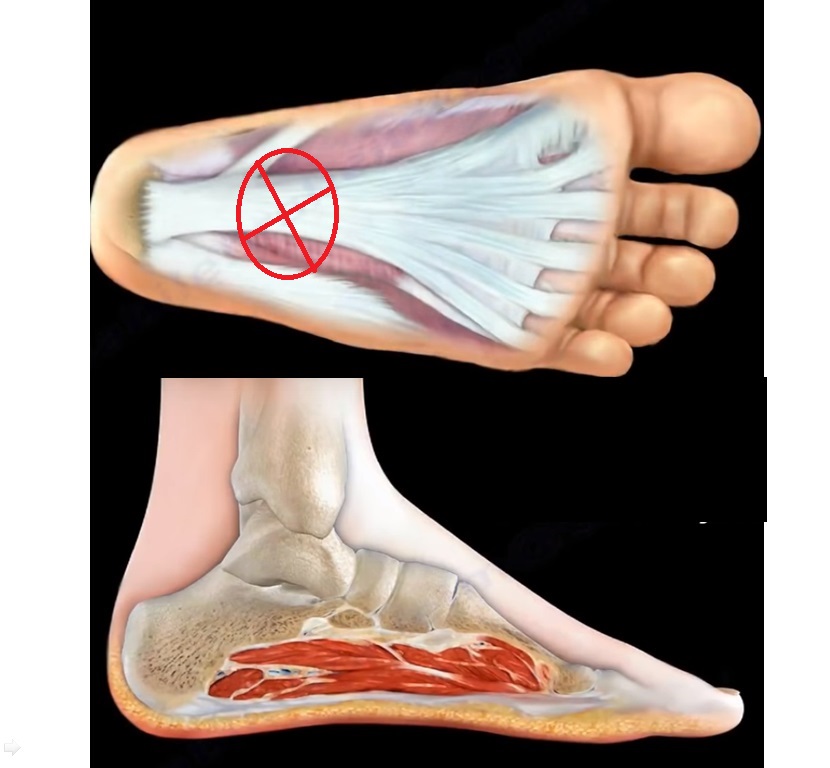
Rupture of the Plantar fascia —
Description Ligaments are strong, fibrous tissues that connect bones to other bones throughout the body. Numerous ligaments in the ankle help to keep the bones in proper position and stabilize the joint. Joint stability is important for all types of activities, including standing, walking, and running.
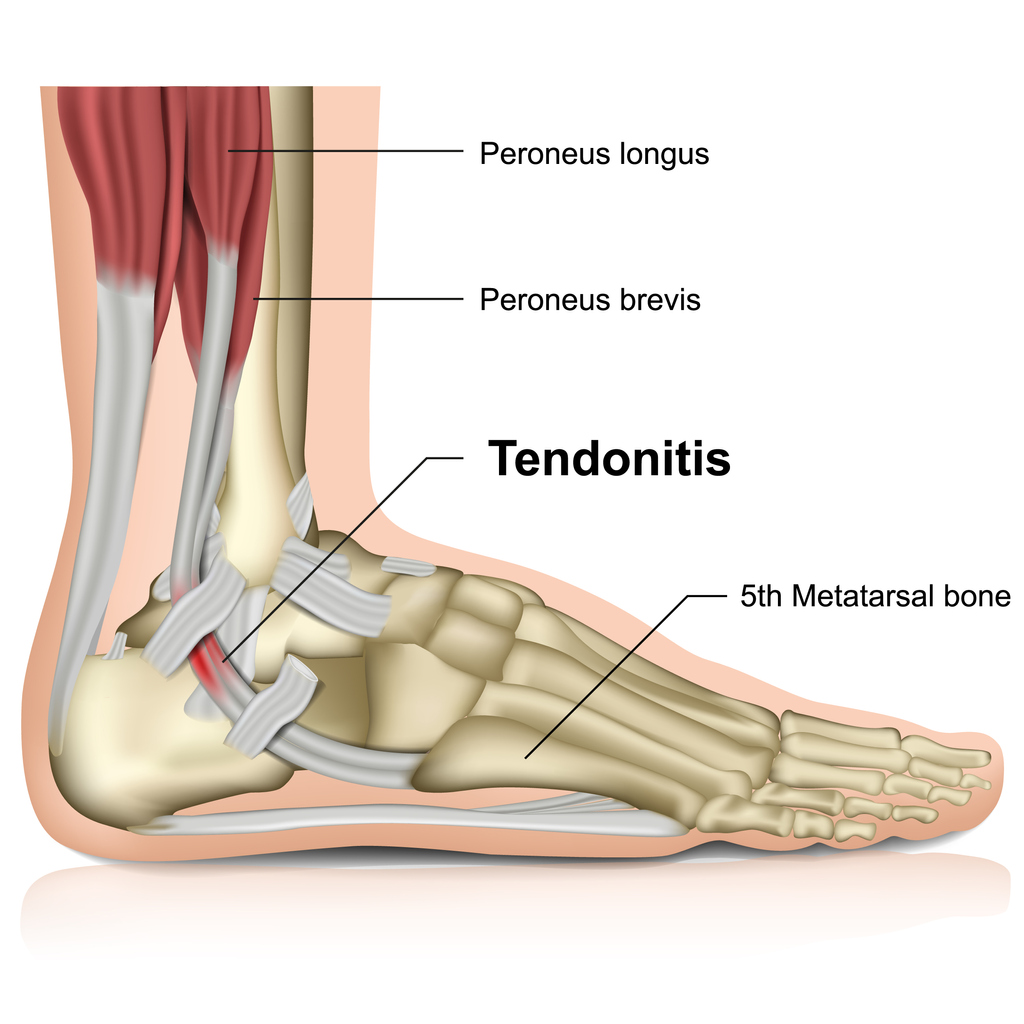
Peroneal Tendon Tears OC Foot and Ankle Clinic
Anatomy. superficial layer. crosses both ankle and subtalar joints. originates from anterior colliculus and fans out to insert into the navicular neck of the talus, sustenaculum tali, and posteromedial talar tubercle. the tibiocalcaneal (sustenaculum tali) portion is the strongest component in the superficial layer and resists calcaneal eversion.

Torn Ligament in my Ankle HubPages
The ligament fibers stretched slightly or there is a very small tear. Your ankle will have minor swelling and tenderness to the touch. Grade 2 (Moderate). The ligament is torn, but it isn't a complete tear. Your ankle has swelling over the injury and it hurts to move. Grade 3 (Severe). The ligament is torn completely.

Treatment Guide for Torn Ankle Ligament
Grade 1: Minimal stretching and tiny microscopic tears in the fibers of the ligaments accompanied by mild swelling, redness and pain. Grade 2: Partial to moderate tear of the ligaments accompanied by swelling, redness and pain. Grade 3: Completely torn ligament accompanied by swelling, redness, pain and total ankle instability.
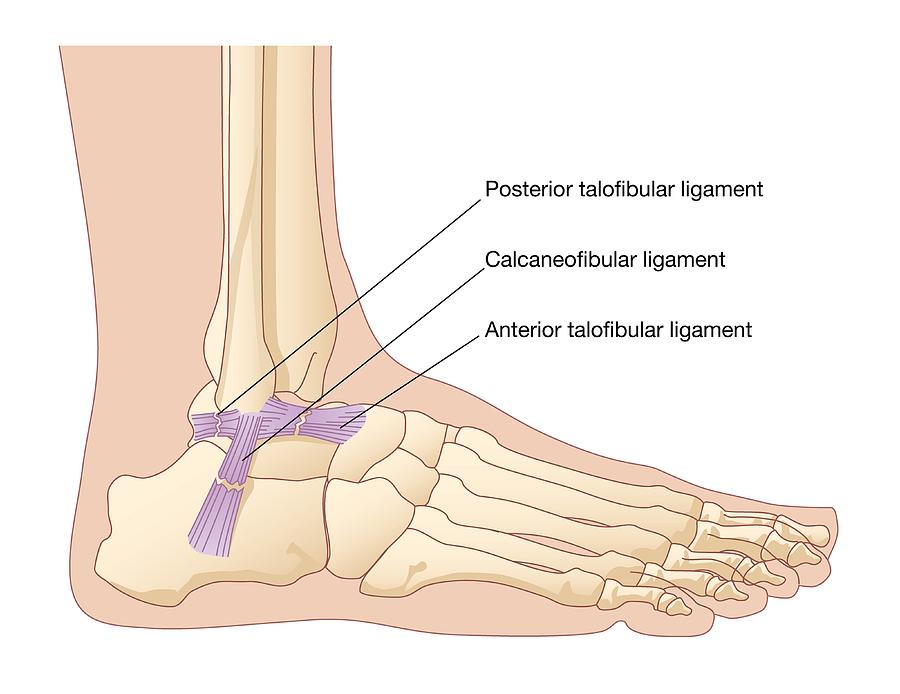
Torn Ankle Ligaments, Artwork Photograph by Peter Gardiner Pixels
Ankle Ligament Tear. Ligament tears in the ankle represent the more severe forms of ankle sprains (see section on ankle sprains ). These often occur in high energy ankle injuries such as car accidents, falls, significant sports injuries and ankle dislocations. These may also occur with ankle fractures as well. The most common and significant.
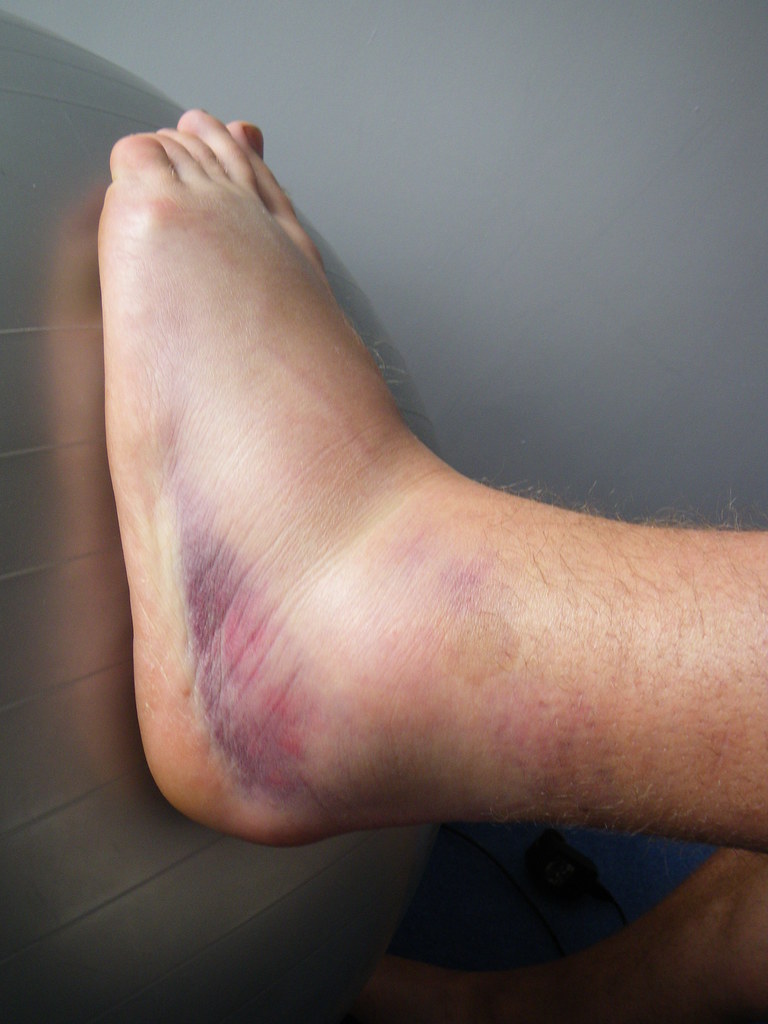
Damaged ligaments in my ankle, need cheering up ( Singletrack World
A torn ligament is a painful injury that may be accompanied by swelling and bruising. Torn or stretched ligaments are also called sprains. They usually occur due to extreme force to a joint, such as with a fall or another high-impact event. Common ligament tears happen in the ankle, knee, wrist, thumb, neck, or back.

2 Ligaments Torn In Ankle Lateral Ankle Ligament Injury Physio Check
Ligament tears can be surgically repaired by stitching them back together, re-attaching them to the bone, or replacing them with a graft (a tendon from another part of your body or from a donor). Most ankle ligament surgery is carried out using keyhole (arthroscopic) surgery. Mr Simon Moyes is a renowned consultant orthopaedic and sports.
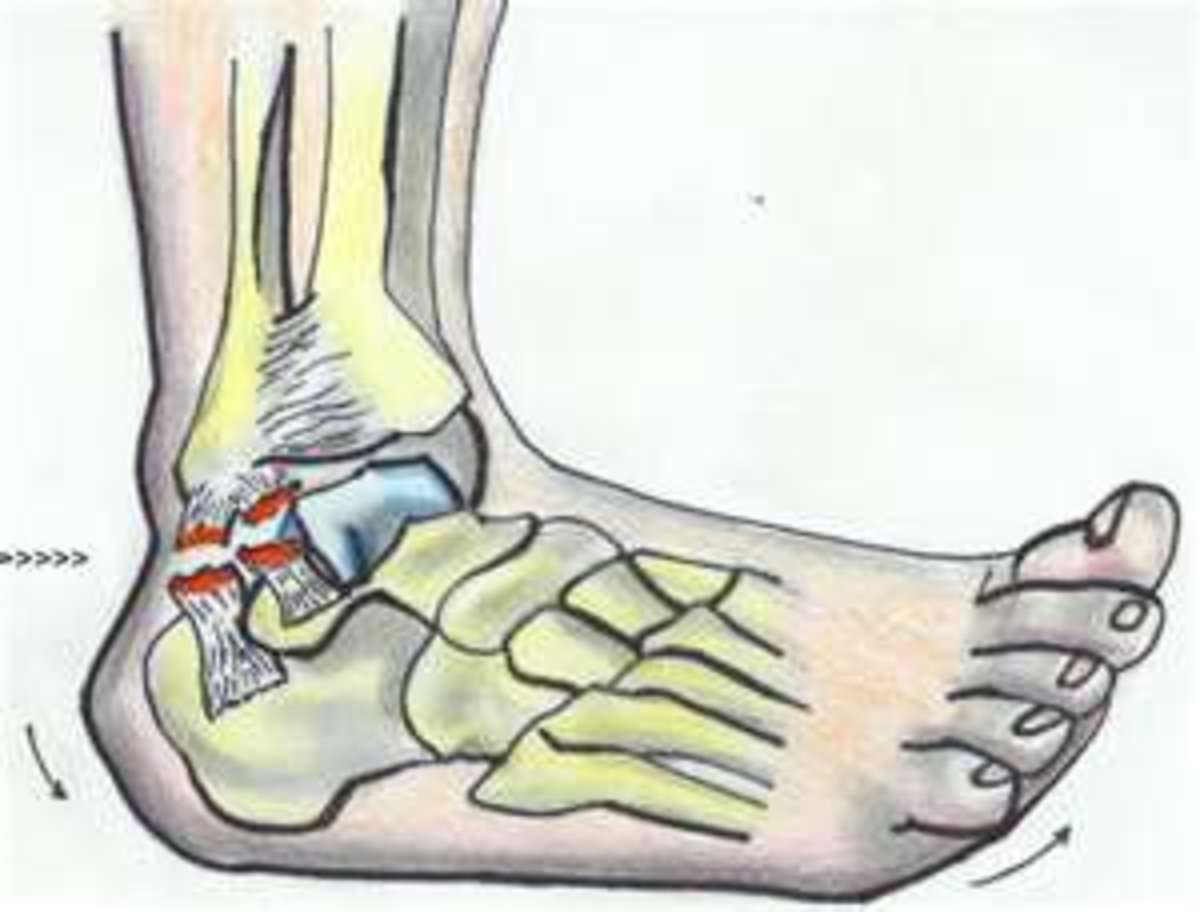
Torn Ligaments in Ankle, Swelling and Bruising Pictures and How to Heal
The lateral collateral ligament complex (Figs. 1A, 1B, 1C, 1D, 2A, 2B, 2C, 2D, 3A, 3B, 3C, 4A, 4B) is the most commonly injured group of ankle ligaments and is often associated with ligament injury elsewhere in the ankle. The lateral complex, comprising the anterior talofibular, calcaneofibular, and posterior talofibular ligaments, is.
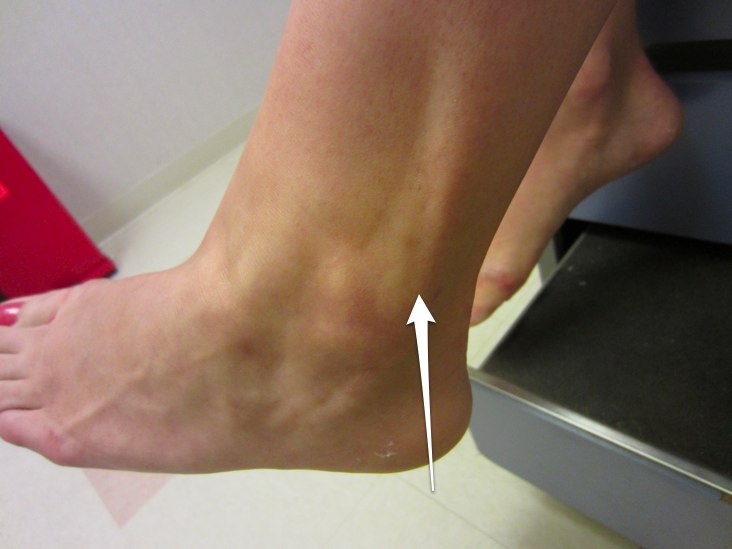
Common ankle injuries in sports and exercise Dr Geier
Diagnosing torn lateral ankle ligaments is usually through physical examination and x-rays to identify any potential fractures. During the assessment the physician will determine: The degree of instability Loss of strength - Resisted eversion assessment Loss of range of motion (ROM): Dorsiflexion and Plantarflexion - Eversion and Inversion
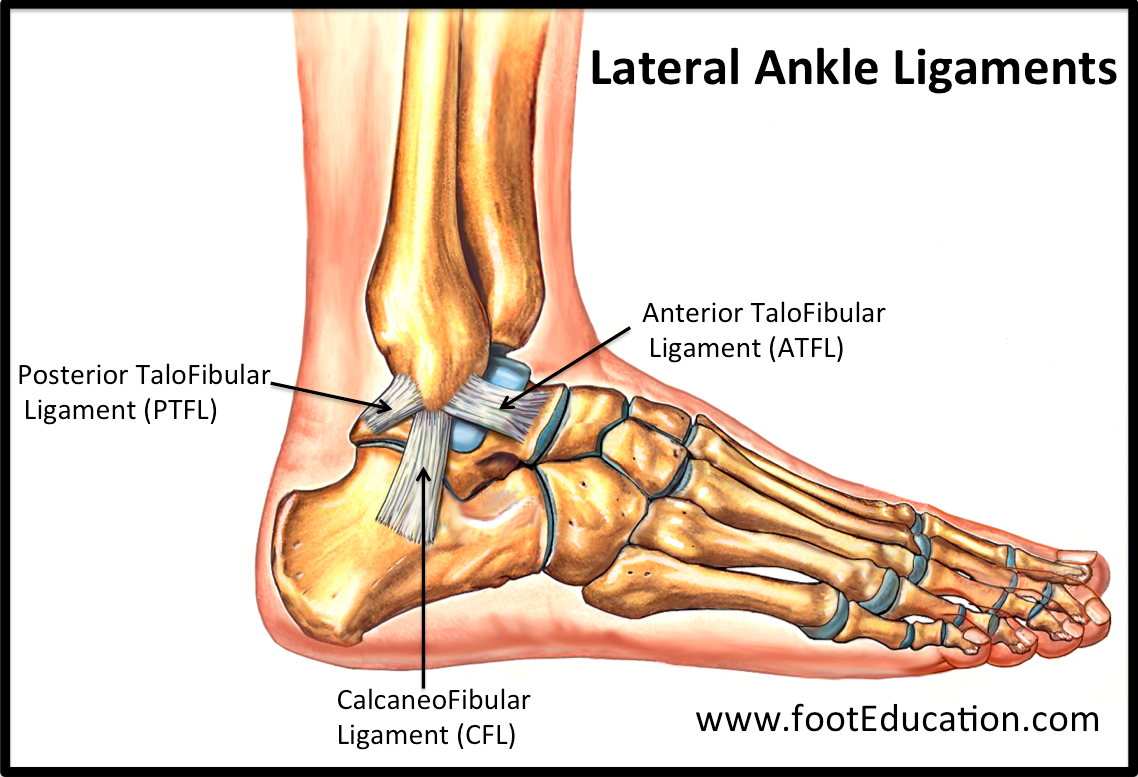
Sprained Ankle FootEducation
Pain, a popping sound, swelling, bruising, stiffness and instability are signs of torn ankle ligaments. A severe ankle sprain typically causes severe signs, which may be similar to those seen with an ankle fracture. Video of the Day Pain and Popping Pain is the most common immediate sign of a partial or complete ligament tear of the ankle.

ankle sprain, ATFL ligament, ankle, pain Sprained ankle, Sprain
Magnetic resonance imaging (MRI) is the imaging modality of choice for diagnosing ligament pathologies because of its multiplanar capability and high soft tissue contrast. With MRI, it is possible to triage and attribute the cause of post traumatic ankle pain to bone, ligament, or tendon pathologies, which otherwise overlap clinically.

Ankle Sprains The Institute for Athletic Medicine
A sprained ankle is an injury that occurs when you roll, twist or turn your ankle in an awkward way. This can stretch or tear the tough bands of tissue (ligaments) that help hold your ankle bones together. Ligaments help stabilize joints, preventing excessive movement.